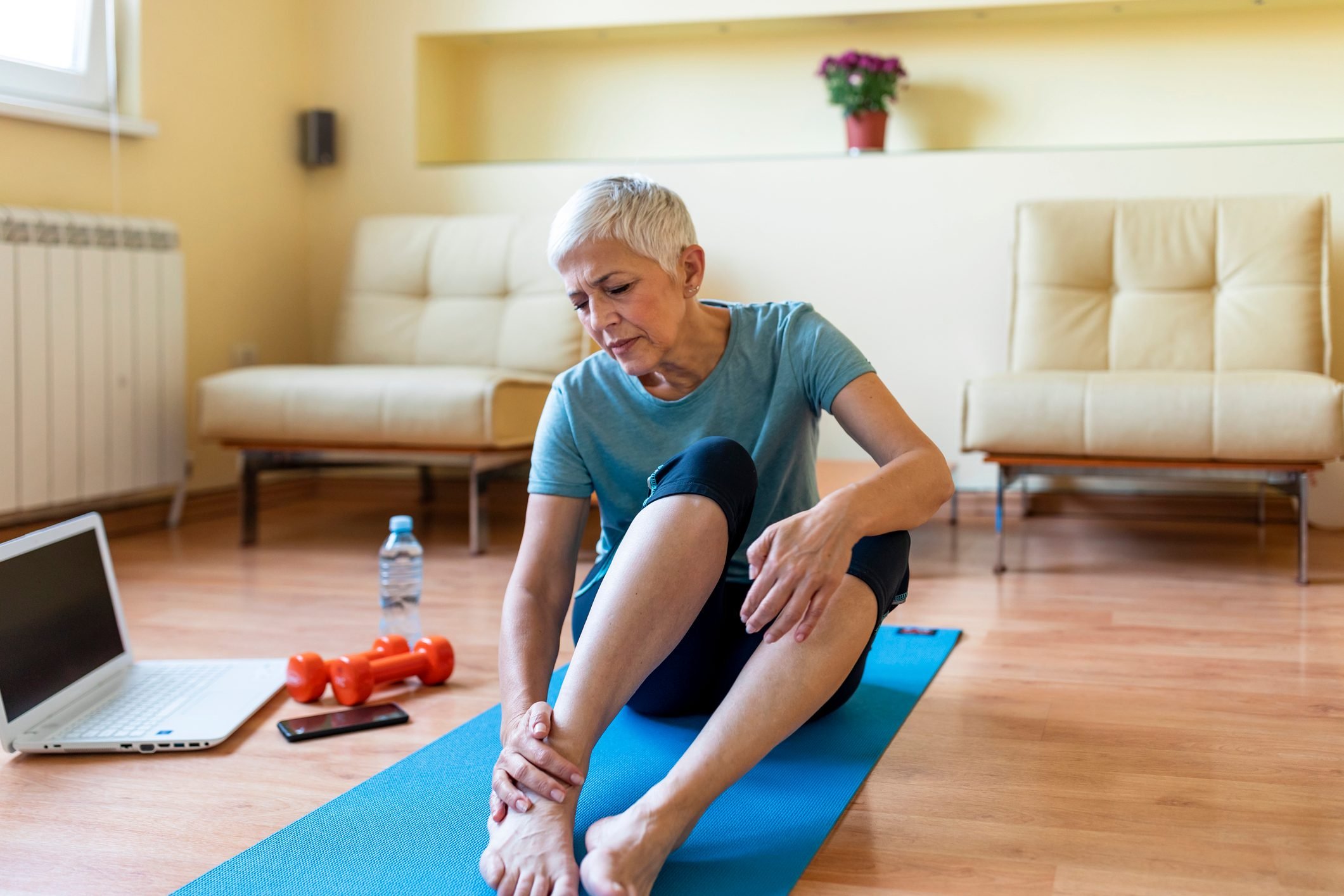Best Walking Shoes for Wide Feet, Expert-Approved
The Importance of Proper Shoe Width for Foot Health
The right shoe width is crucial in preventing foot pain and long-term foot problems. If you've been experiencing discomfort, changing your shoe width might be the solution. Wearing shoes that don’t fit properly can lead to a variety of issues, especially if you do a lot of walking.
Wearing shoes designed specifically for walking can greatly benefit your overall foot health and help alleviate pain. According to the American Academy of Podiatric Sports Medicine, the ideal walking shoes are lightweight, roomy, and stable. While this may sound simple, finding the right width can be more challenging than it seems, especially for those with wide feet.
To help you find the best walking shoes for wide feet, we consulted medical experts and included some editor favorites to make the list as transparent as possible.
Best Walking Shoes for Wide Feet, According to Experts and Editors
Skechers Slip-ins: GO WALK Flex - Grand Entry
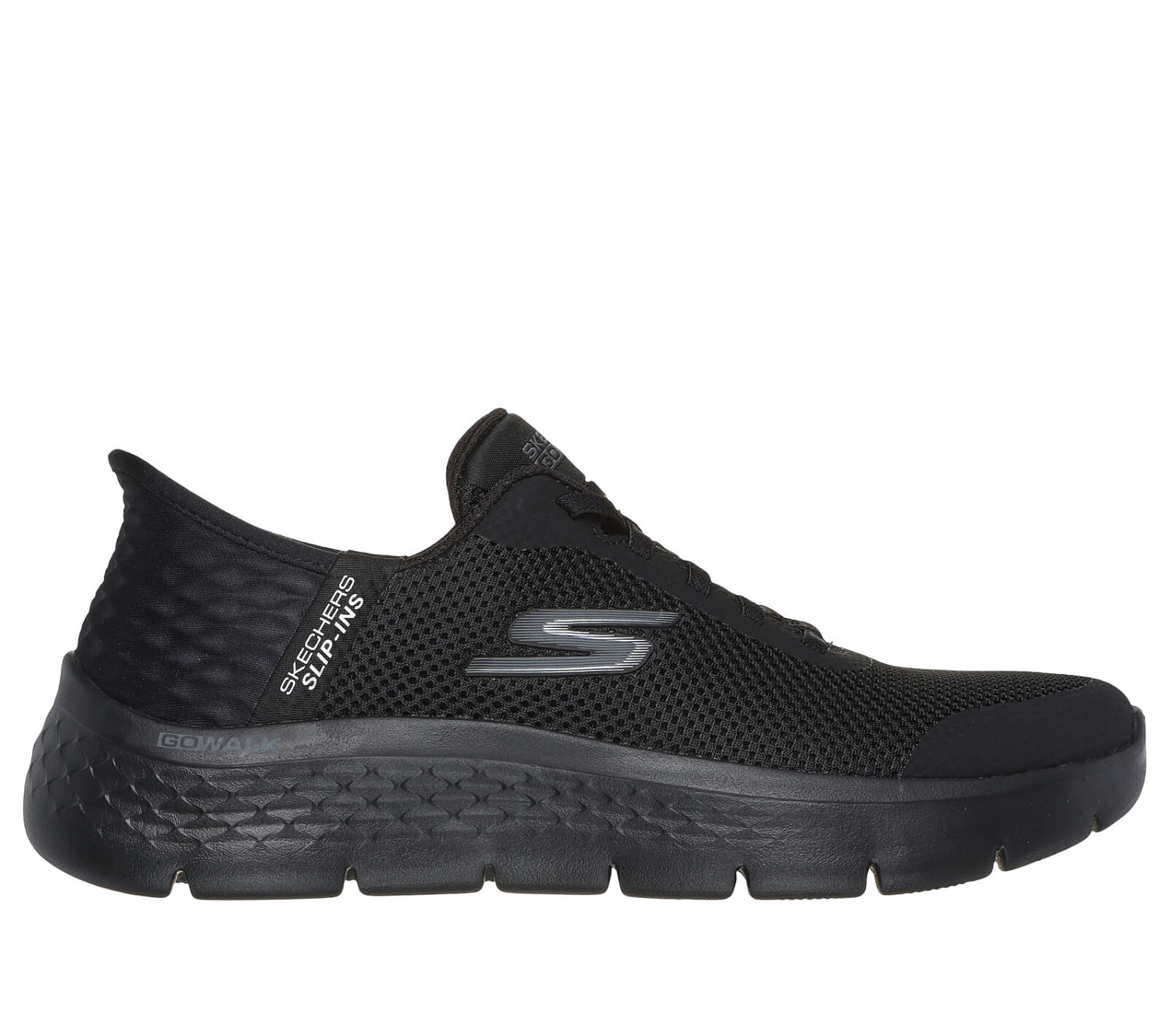
Skechers Slip-ins: GO WALK Flex - Grand Entry $85.00 at Skechers
Skechers Slip-ins: GO WALK Flex - Grand Entry $89.97 at Amazon
Dr. David Myer, MD, an orthopedic surgeon at OrthoIndy, recommends Skechers and Altras as brands to consider. These lightweight slip-on sneakers feature memory-foam insoles with a built-in heel (Heel Pillow) and stretchy laces that provide a snug fit.
Brooks Addiction Walker 2
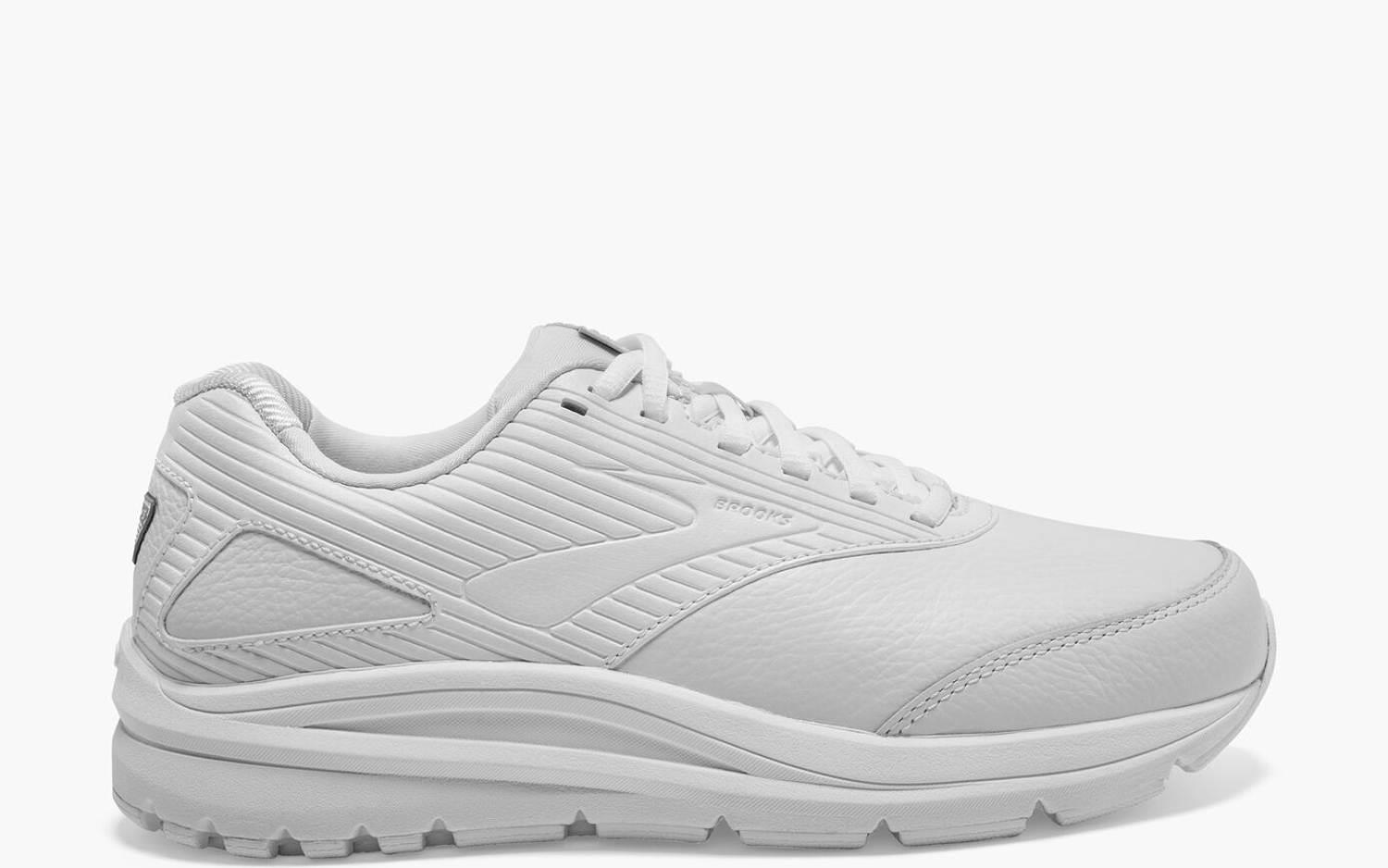
Brooks Addiction Walker 2 $129.95 at Amazon
Brooks Addiction Walker 2 $140.00 at Brooks
Brooks Addiction Walker 2 $139.95 at Zappos
Dr. Jeffrey T. Biever, a podiatrist at South Bend Orthopaedics, says Brooks (along with Hoka sneakers) can accommodate most types of feet. These shoes are available in wide and extra-wide sizes and have comfortable cushioned insoles.
New Balance 928v3 Walking Shoes
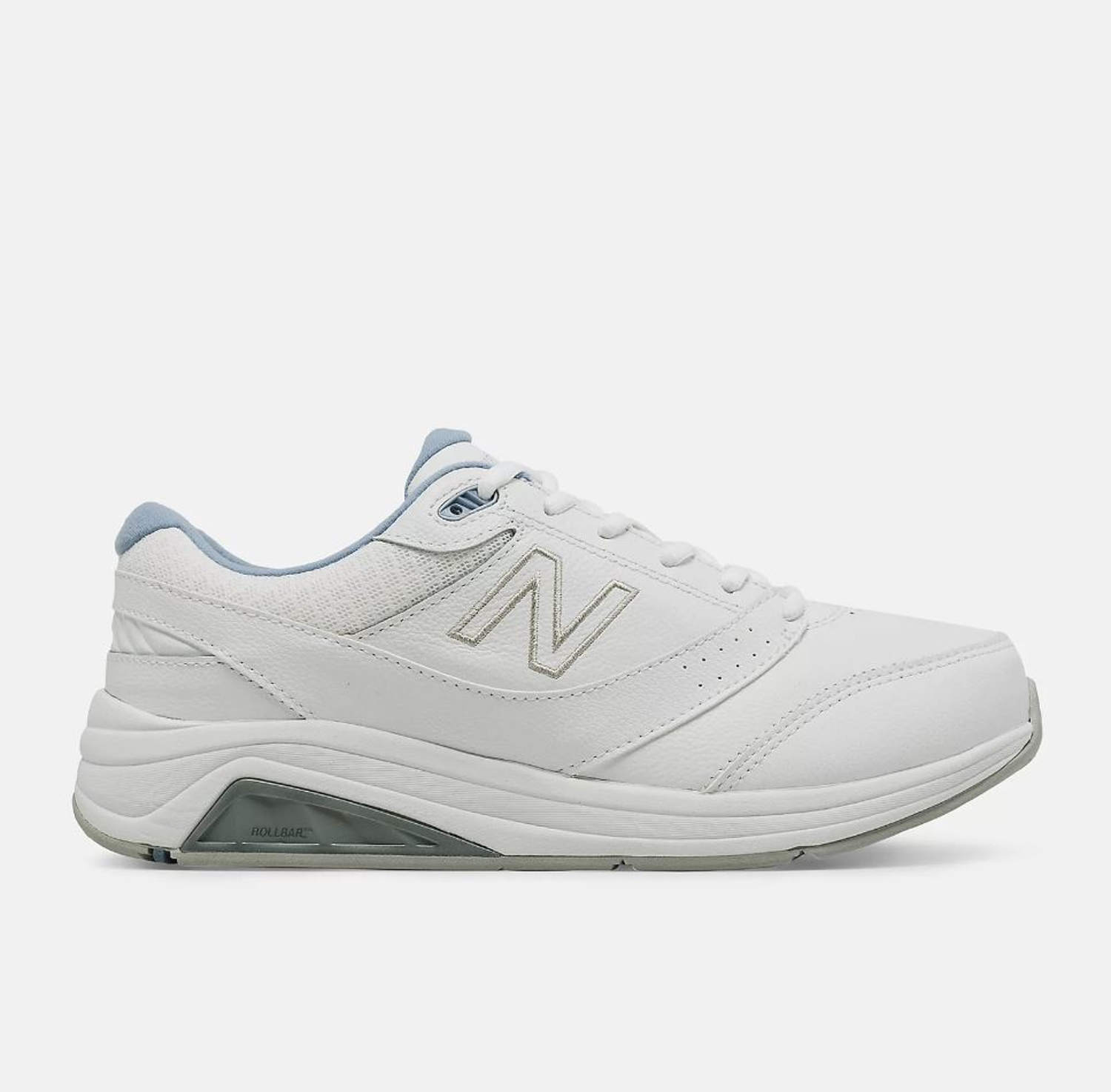
New Balance 928v3 Walking Shoes $159.95 at Amazon
New Balance 928v3 Walking Shoes $159.95 at New Balance
New Balance 928v3 Walking Shoes $159.95 at Zappos
Biever notes that New Balance offers sizes for wide feet, including extra-wide and extra-extra wide options. These shoes also come with hook-and-loop closures, making them more accommodating than most pairs on the list.
Hoka Arahi 8

Hoka Arahi 8 $150.00 at Hoka
Hoka Arahi 8 $150.00 at Zappos
Myer states that Hoka shoes are great for walking or running. They have softer upper materials, are well-cushioned, supportive, and have a mild rocker bottom. Amanda Fama, a former editor at Shop My healthy of life, has a pair of wide Hoka sneakers and finds them comfortable for daily use.
Altra Women's Paradigm 7
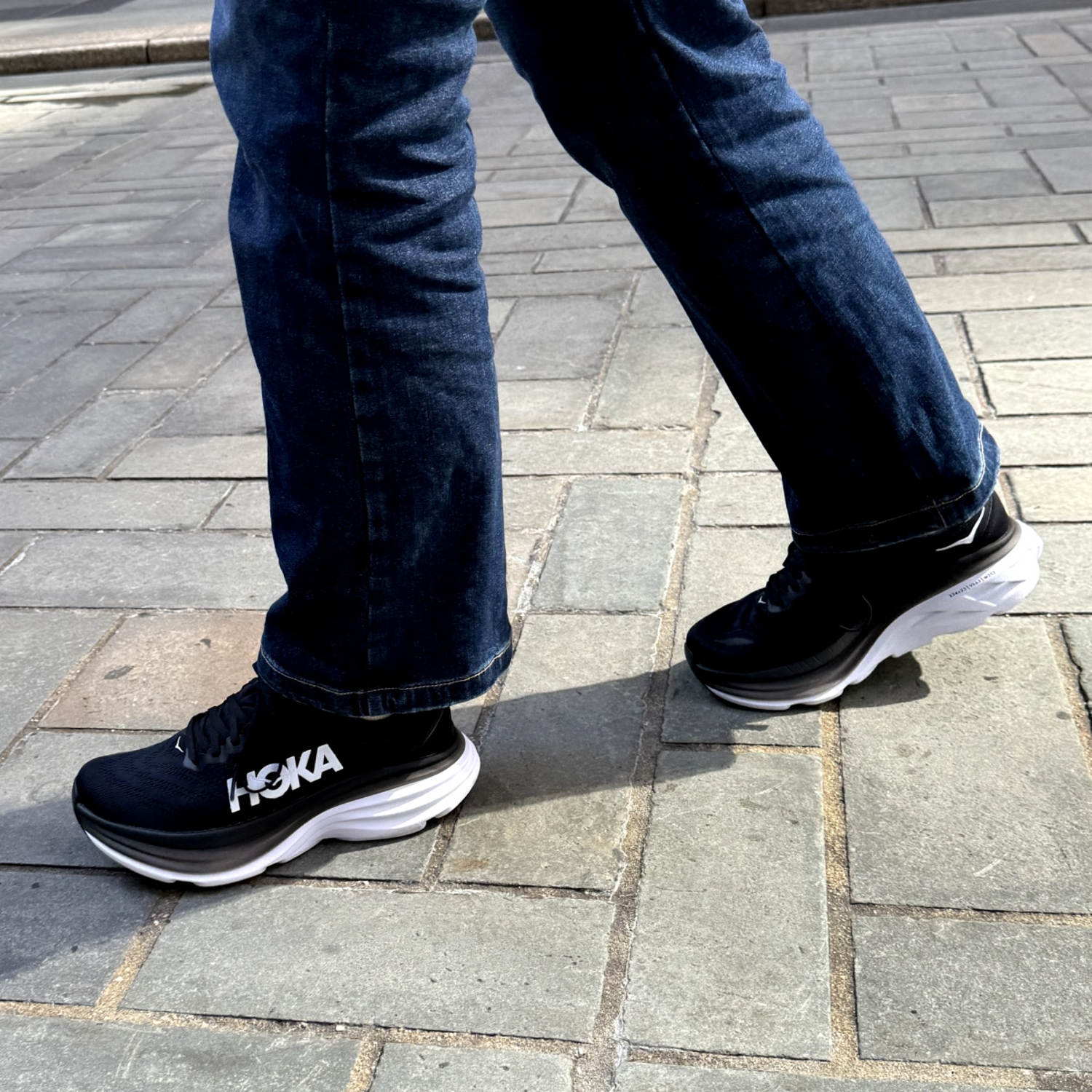
Altra Women's Paradigm 7 $169.99 at Amazon
Altra Women's Paradigm 7 $136.00 at Altra Running
Altra Women's Paradigm 7 $153.00 at Zappos
Myer recommends Altra shoes for their wide toe boxes and availability in various wide sizes. These sneakers are ideal for road running and walking.
Kuru Atom Wide
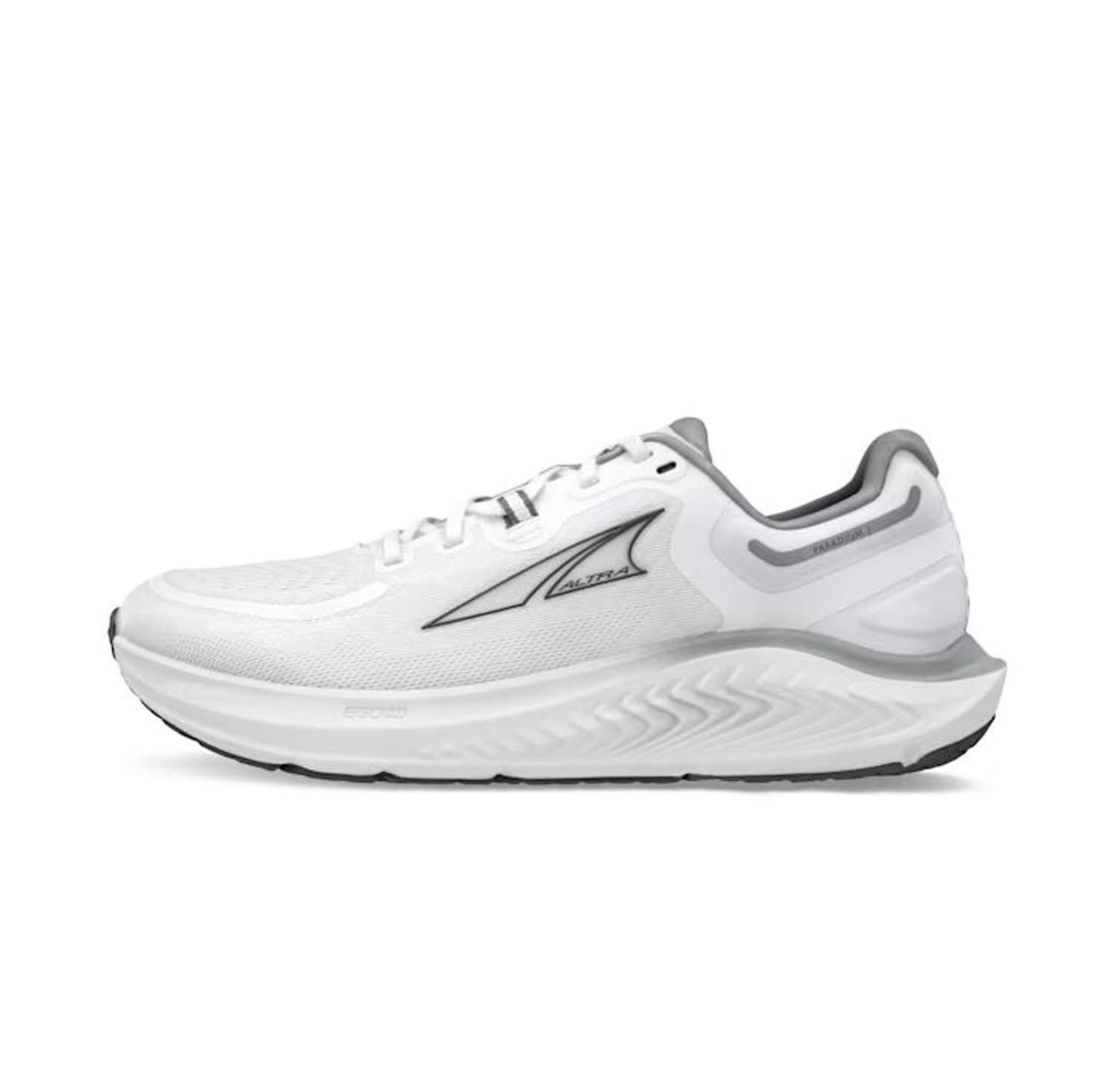
Kuru Atom Wide $159.00 at Kuru Footwear
Writer Jannely Espinal loves these shoes for their comfort and versatility, noting that they are great for commuting and long walks without causing foot pain or blisters.
More Walking Shoes for Wide Feet to Shop
Tiosebon Women's Walking Athletic Shoes
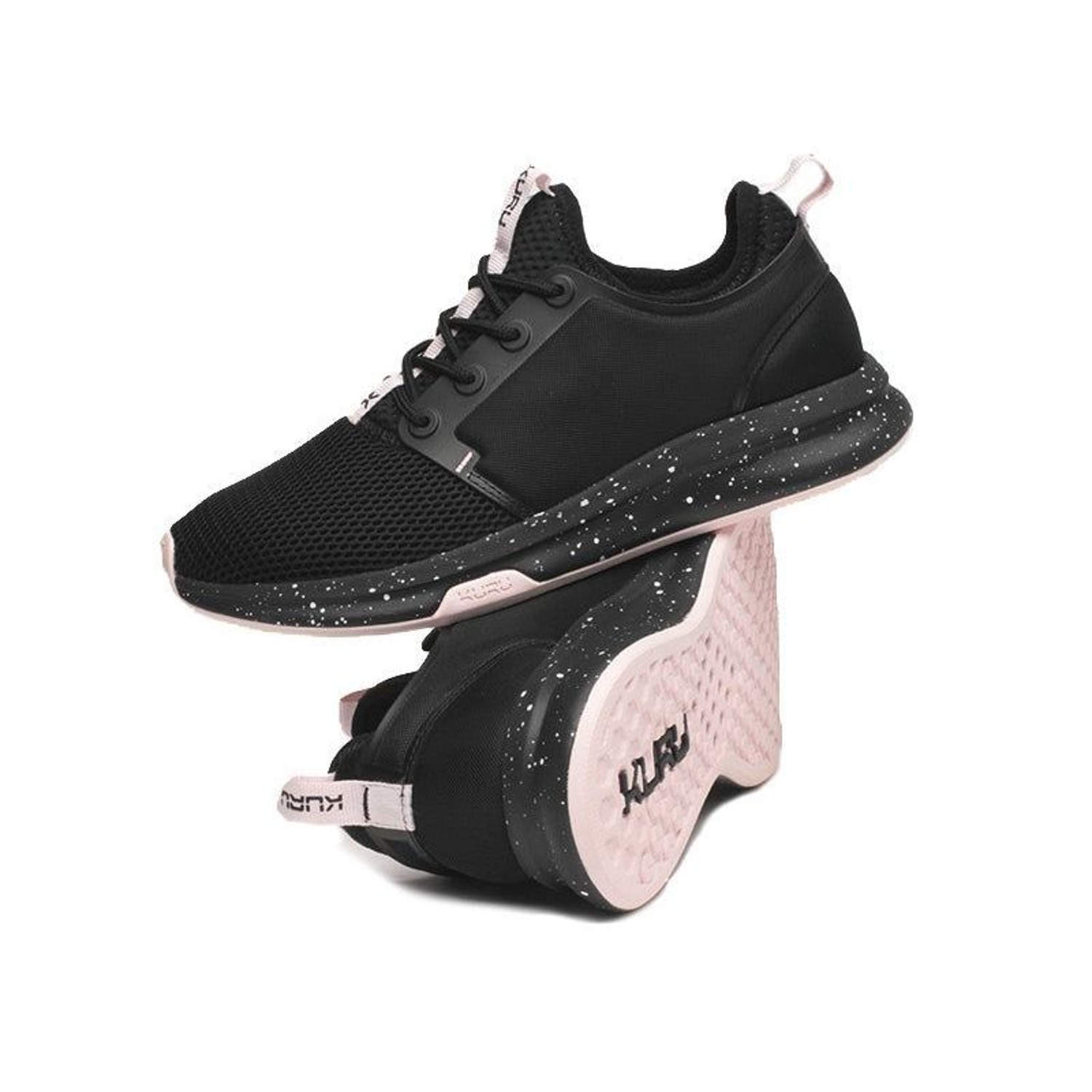
Tiosebon Women's Walking Athletic Shoes $38.99 at Amazon
These lightweight sneakers offer a slip-on design and breathable knit material for all-day comfort.
Akk Wide Toe Box Shoes Women
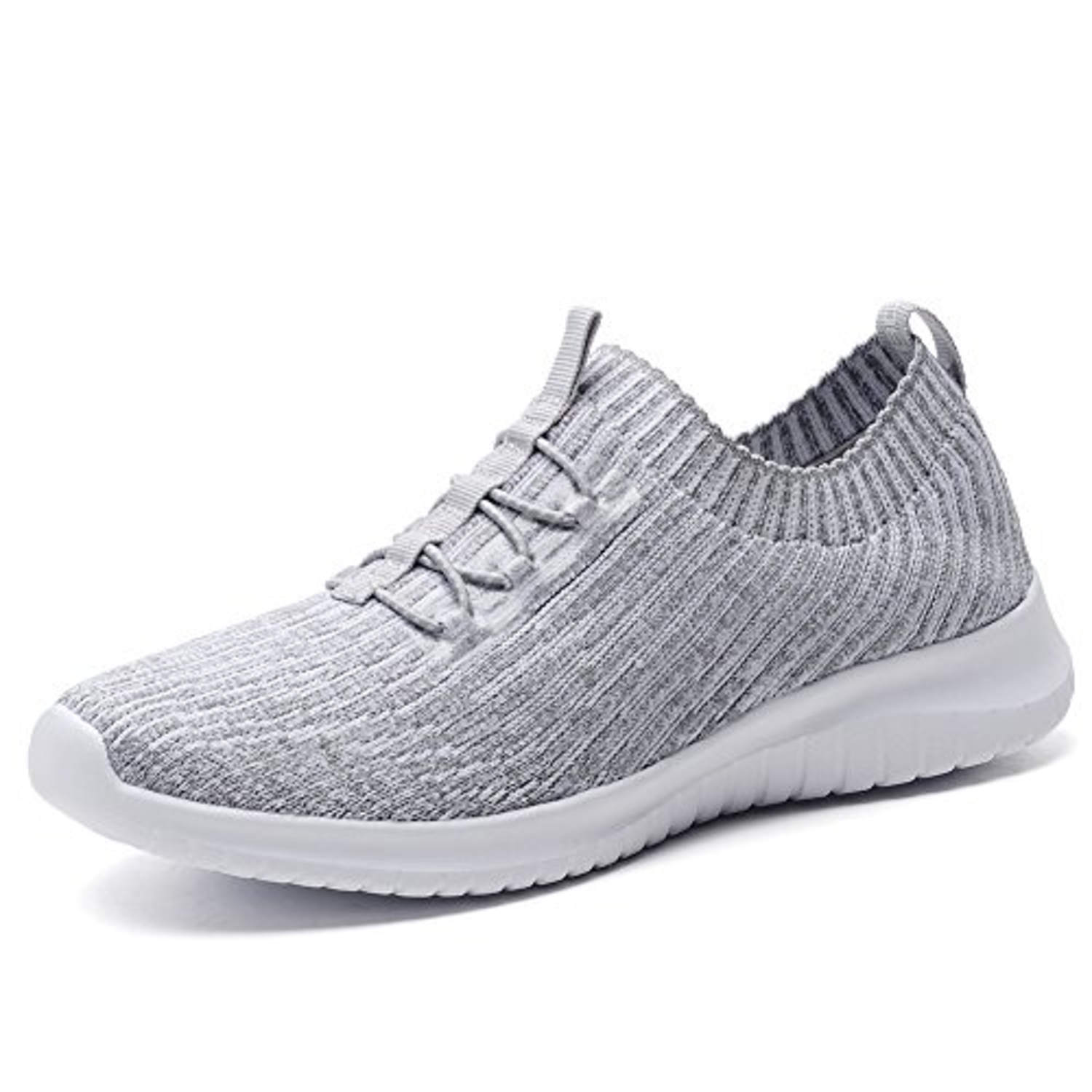
Akk Wide Toe Box Shoes Women $45.98 at Amazon
These sneakers have over 15,000 positive ratings and are available in wide and extra-wide sizes.
Ryka Women's Devotion X Walking Shoe Sneaker
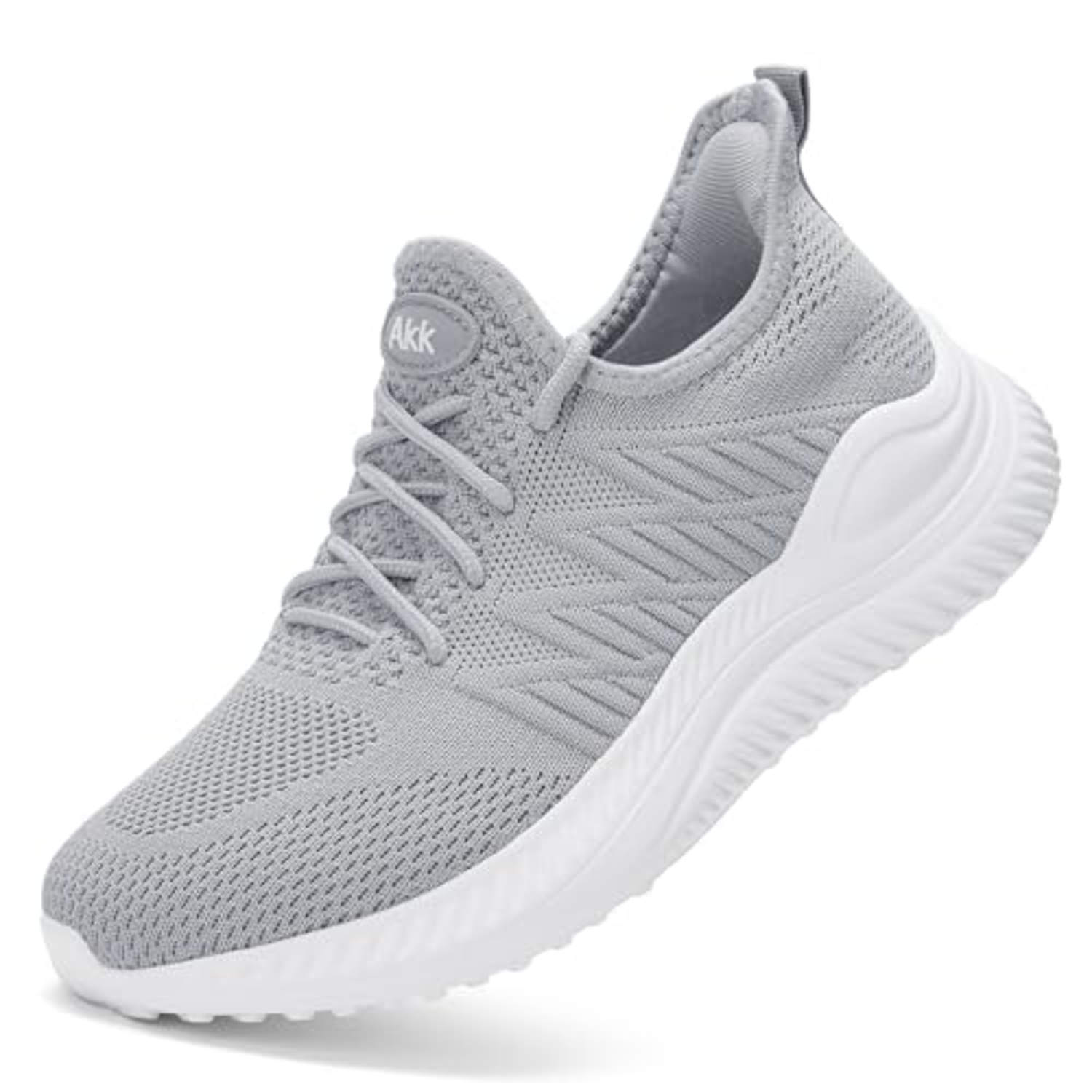
Ryka Women's Devotion X Walking Shoe Sneaker $89.99 at Amazon
Ryka Women's Devotion X Walking Shoe Sneaker $94.99 at Ryka
Ryka Women's Devotion X Walking Shoe Sneaker $94.99 at DSW
These shoes feature a roomy toe box and are endorsed by the American Podiatric Medical Association.
How Do I Know If I Have Wide Feet?
According to experts, many people aren't aware they have wide feet until they experience discomfort. Biever notes that when individuals try narrow shoes and find them uncomfortable, it’s often a sign of wider feet. Myer suggests getting a traditional shoe fitting to determine if a special width size is needed.
What to Look For in Walking Shoes for Wide Feet
Biever recommends stiffer, supportive midsoles and wider toe boxes to prevent friction and skin breakdown. Myer emphasizes the importance of comfort and ensuring shoes fit the shape of your foot. He adds that finding the right shoe is like a “Goldilocks” method—too wide, too narrow, or just right.
The Benefits of Walking Shoes for Wide Feet
Walking shoes designed for wide feet typically have more room and softer fabrics to prevent blisters and other issues. Biever explains that individuals with wider feet are more prone to bony prominences, making a wider toe box essential.
Frequently Asked Questions
Can you wear narrow shoes when you have wide feet?
Myer warns that narrow shoes can cause discomfort, corns, calluses, and even foot ulcers. They can also worsen forefoot deformities.
What causes wide feet?
Biever notes that genetics, flat feet, and biomechanical factors can contribute to wide feet. Myer adds that conditions like bunions and hammertoes can also affect foot shape.
How We Chose
Shop My healthy of life gathered insights from experts and verified purchasers to create this list of the best walking shoes for wide feet.
Meet the Experts
Dr. Jeffrey T. Biever DPM, a board-certified physician specializing in foot and ankle conditions, and Dr. David Myer, an orthopedic surgeon trained in foot and ankle surgery, provided valuable guidance for this article.
